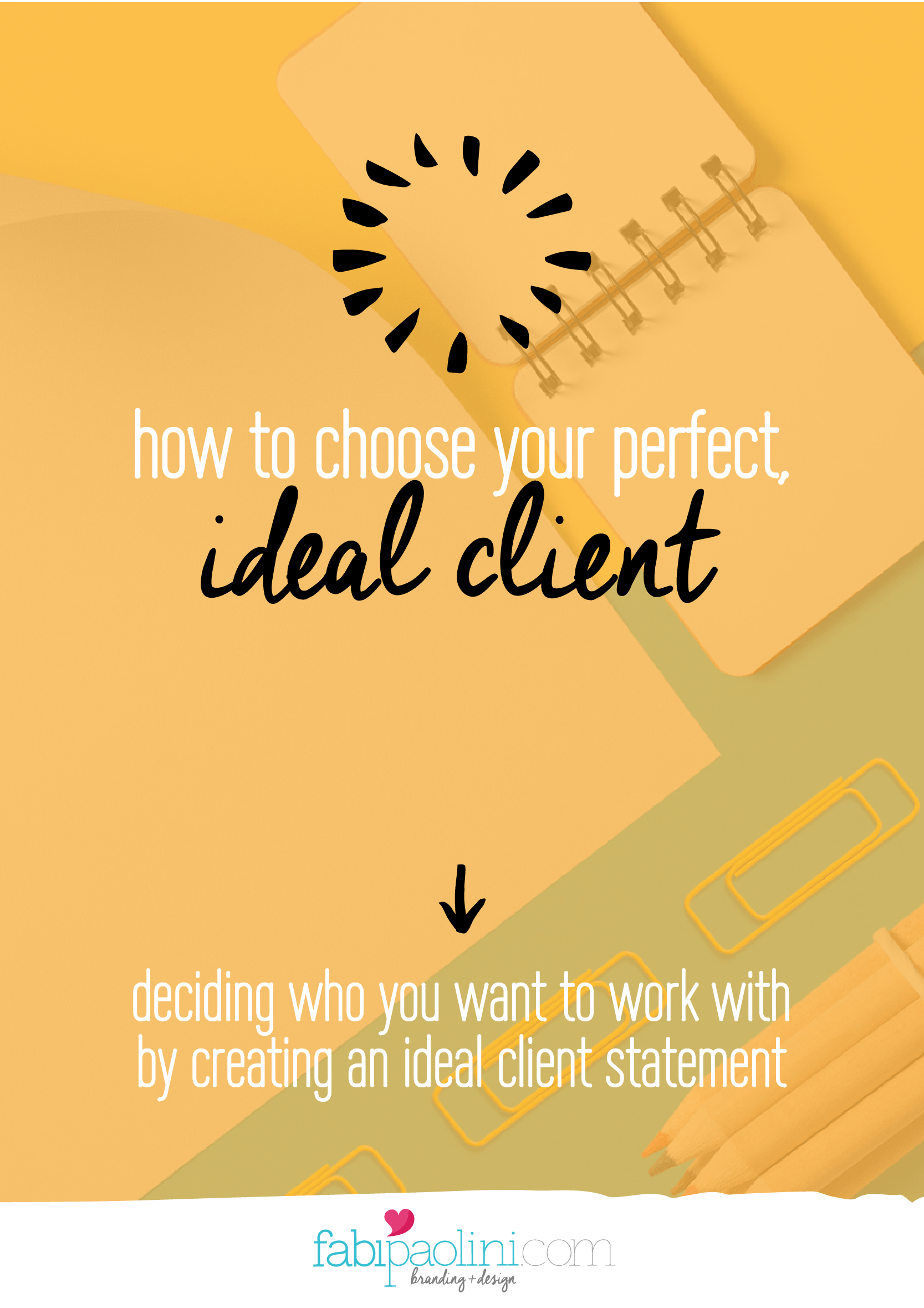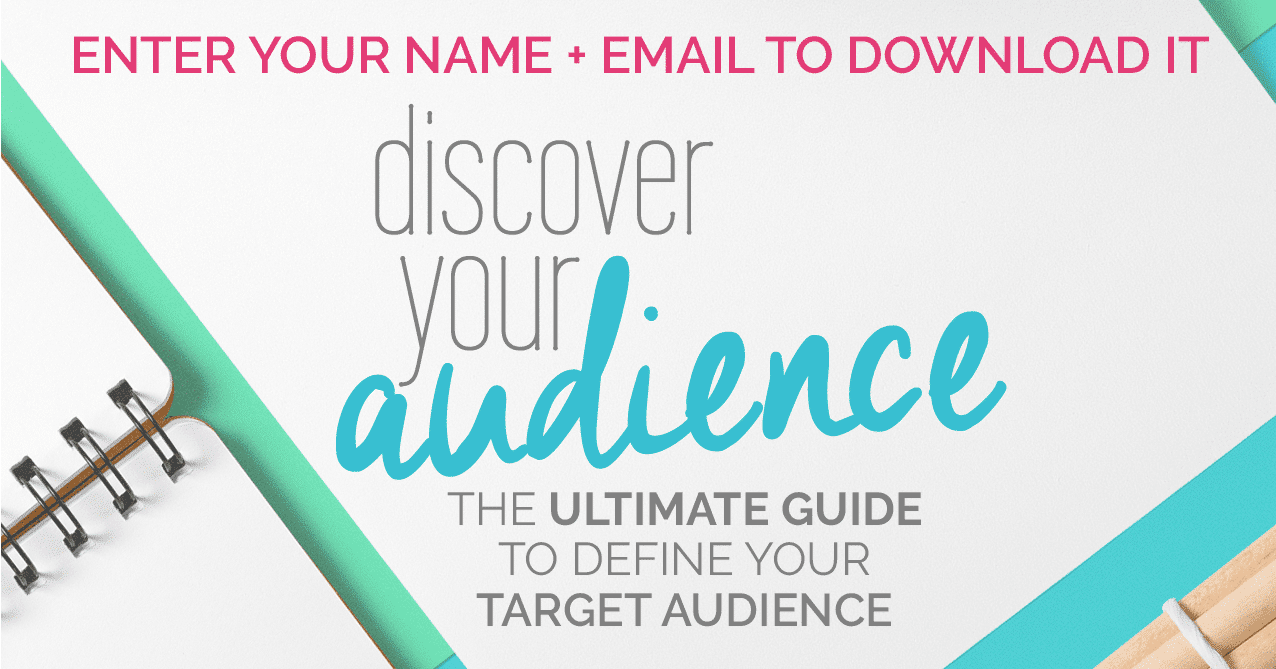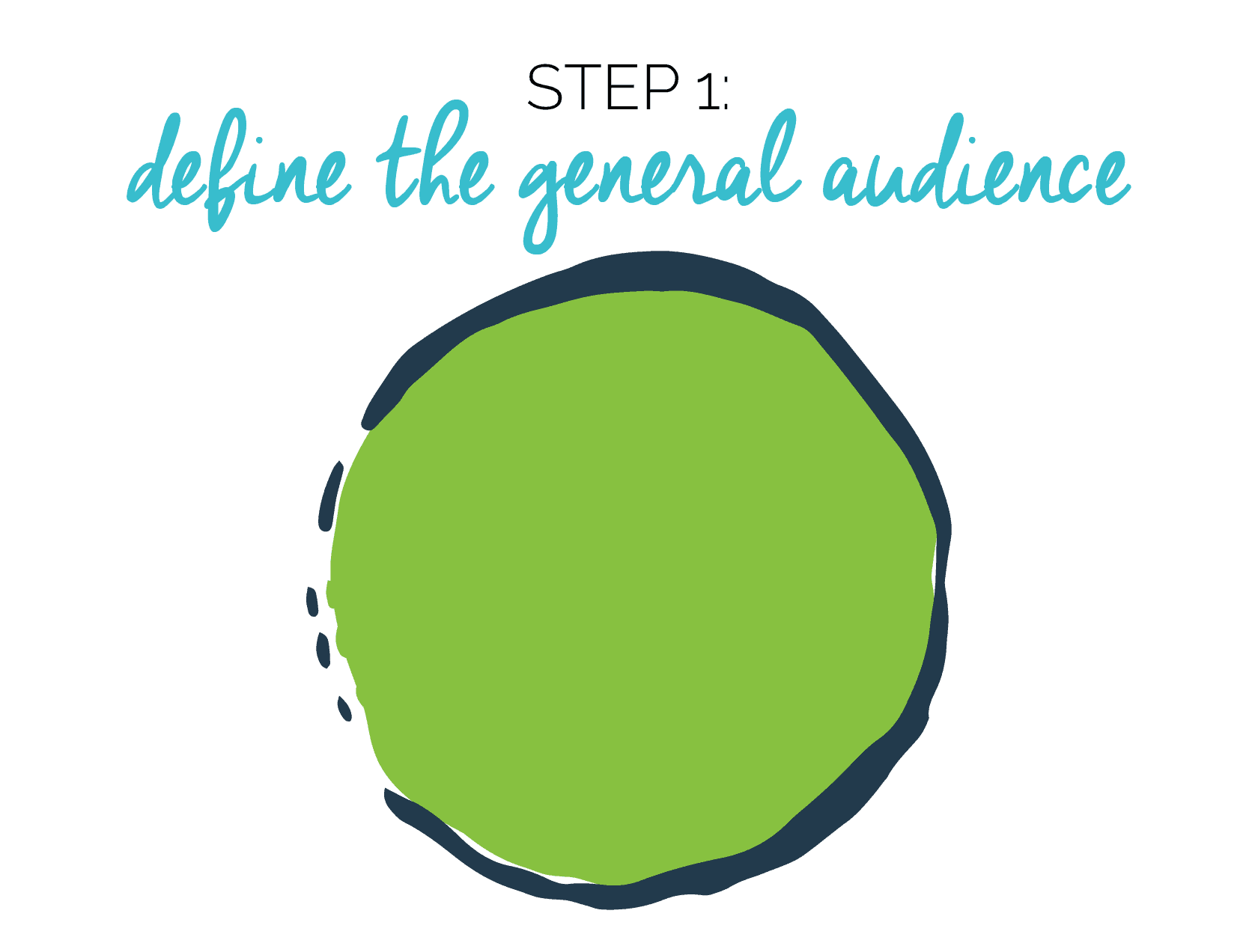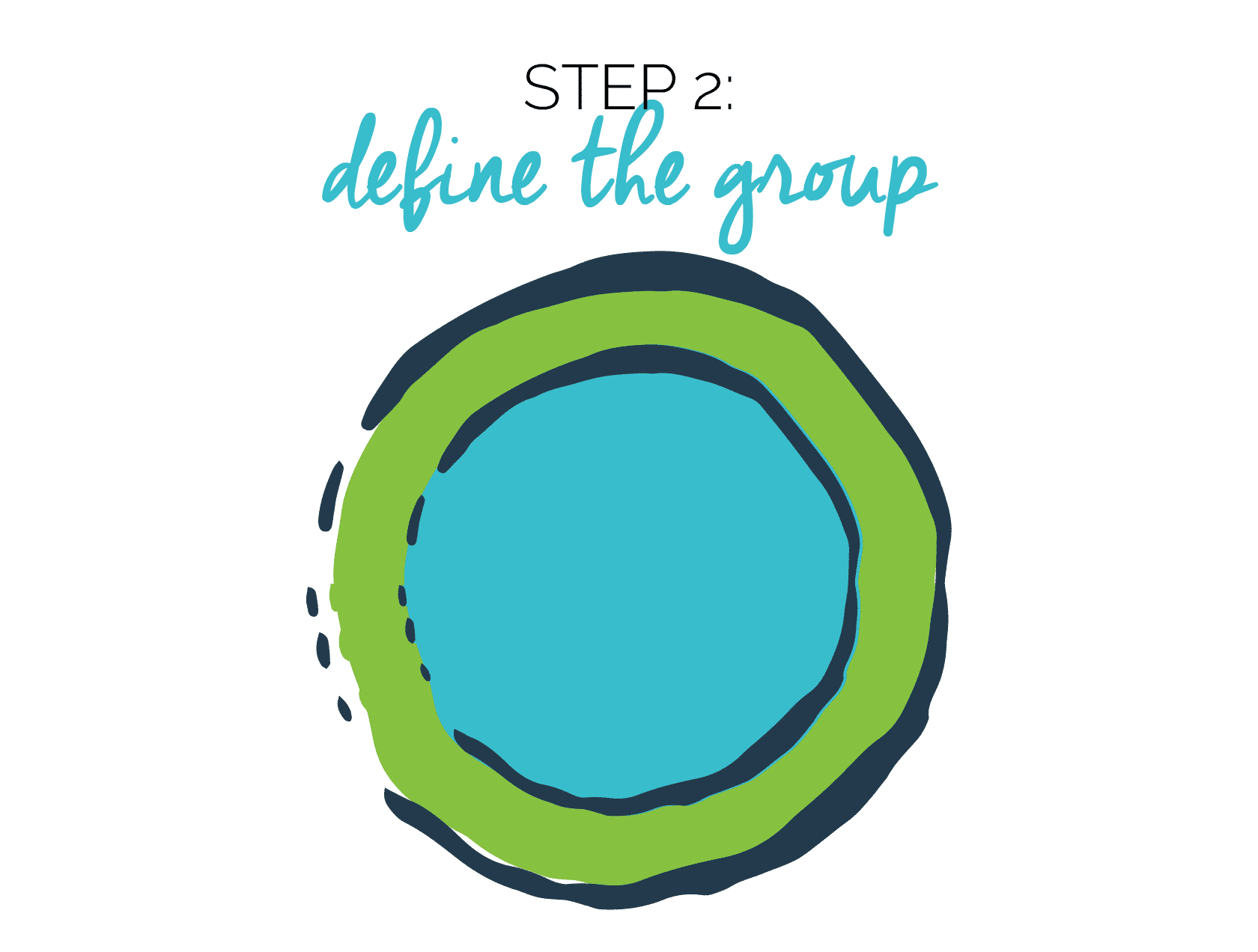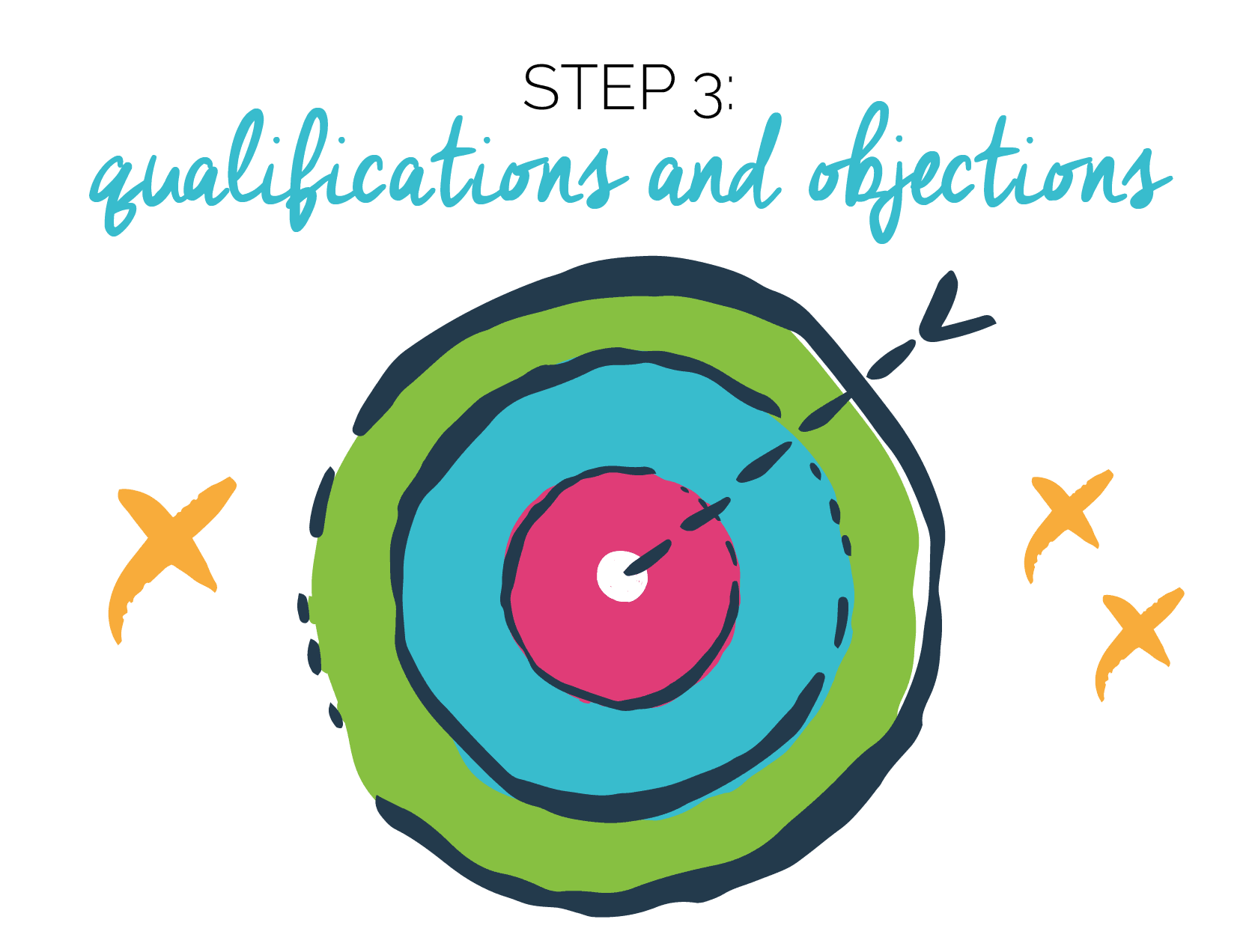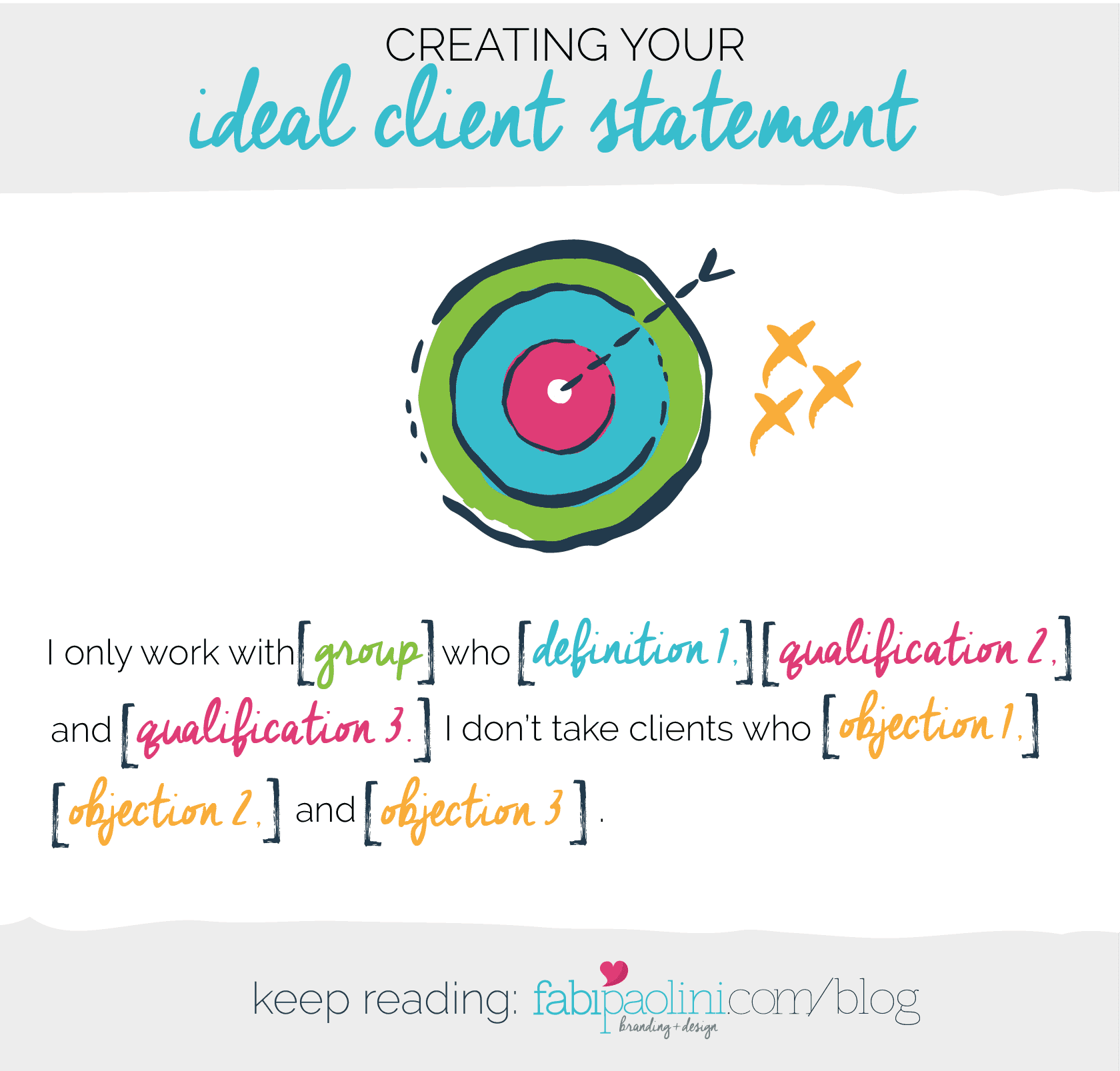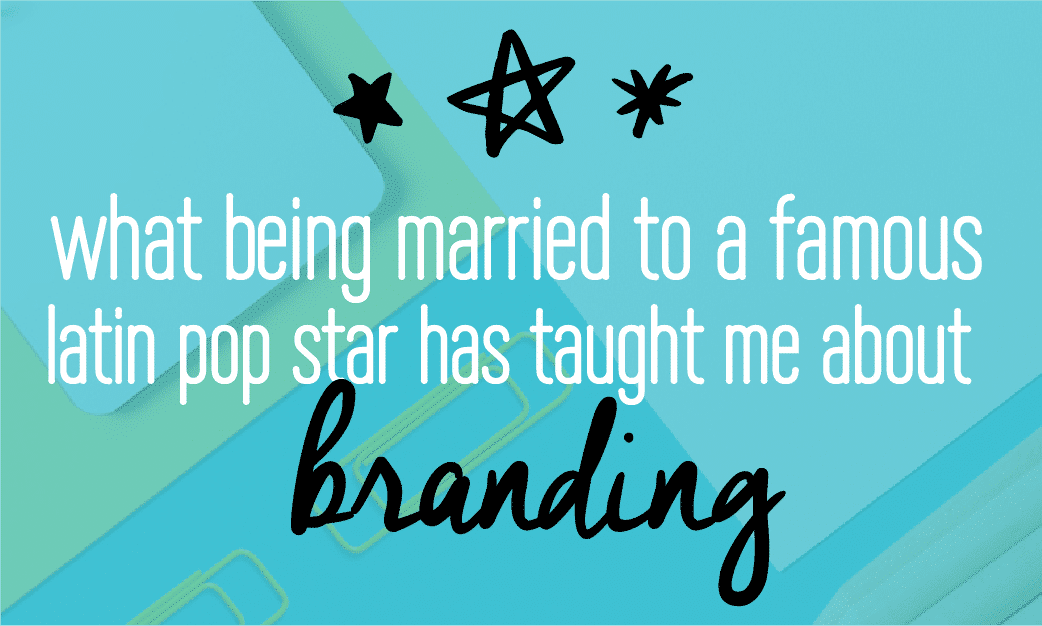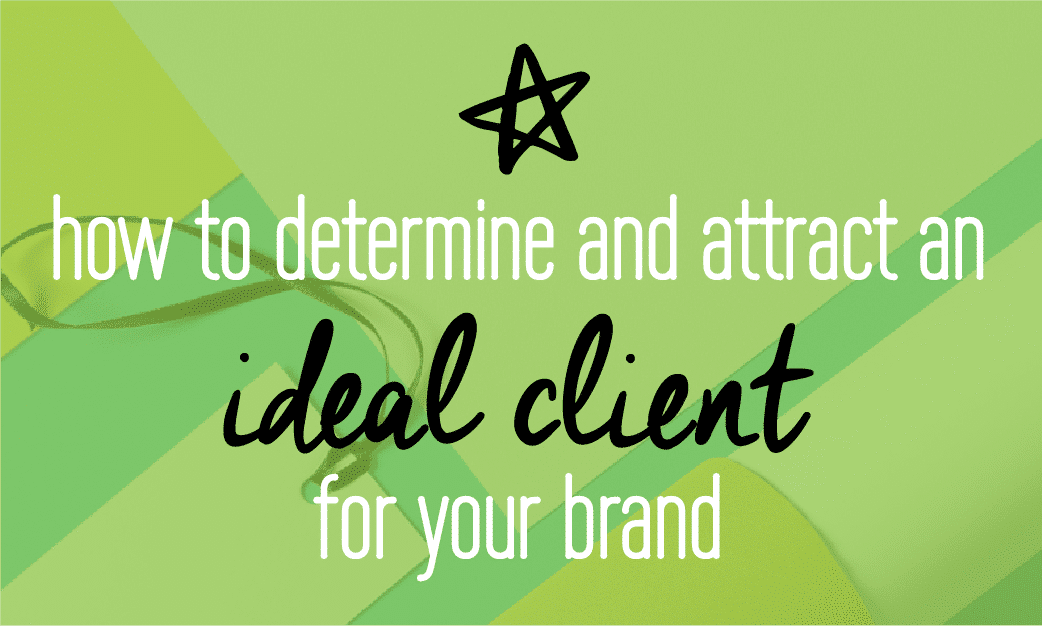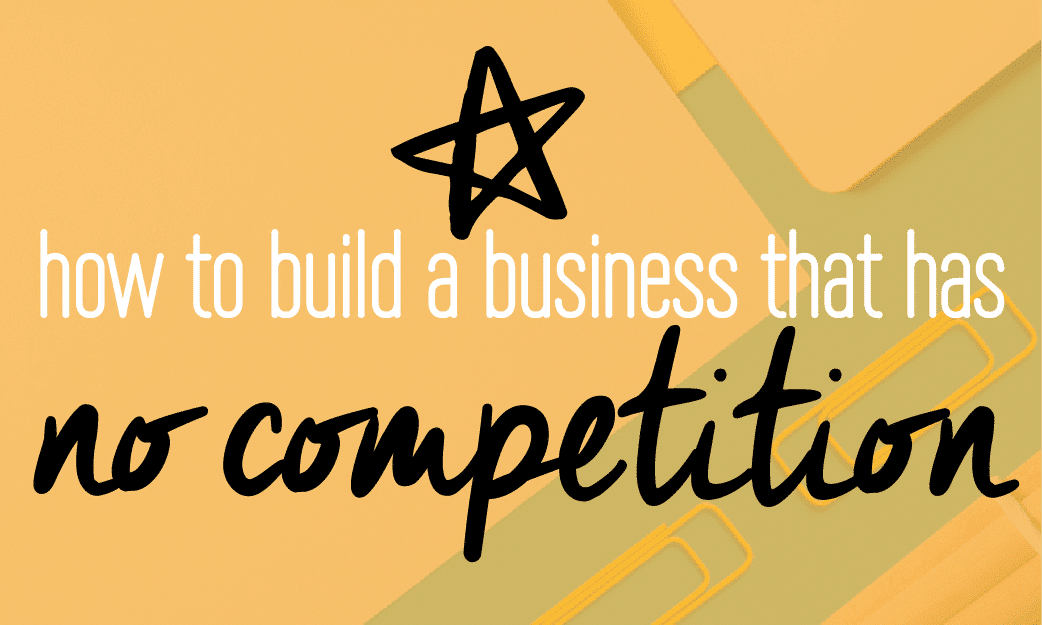choose your ideal client
Before demographics and psychographics. Before creating avatars or profiles. Before looking for them on Facebook Groups, this often overlooked step is probably the most important one in terms of choosing your perfect, ideal, client.
Choosing your clients is one of those key aspects of branding and business that often gets overlooked. When we start our businesses, we are so eager to get to work, that we often don’t have the luxury of being picky about who we say ‘yes’ to. Of course, it also depends on your business. If you sell products, being picky might never matter. However, when you are doing a service, this means that you have to encounter and work with this client for a period of time.
This is why it’s so important that you get clear on who that client is. Of course you want to make money, but working with someone that will drive you crazy or doesn’t appreciate anything you do tends to ‘cost’ a lot more than the money you are receiving from them.
This is why I find it imperative to define your audience. Previously, I talked about how to discover your ideal audience by researching demographics and psychographics. These give you a clearer picture of who your audience is, but there’s actually ONE step before this that is extremely important and shouldn’t be missed out.
Ready for it?
Actually choosing who you would like to work with.
By the way, if you need help in terms of defining your audience, I created this free guide that covers all you need to know to discover your ideal audience:
start with the general audience
Before going into details, you still have to choose the general audience that you are targeting. What does this mean? This means defining your niche.
Recently I talked about finding a balance between your skills and your passions in order to define your offer. Using that same exercise, I want you thinking about the general group or audience you will be targeting. So, for example in my case, as a branding specialist and designer, my general group consists of entrepreneurs. That’s the group of people I work with. I could have decided to only work with brides and do monograms for wedding invitations, or work with teachers to design workbooks to give to their students. So, this first simple step is deciding the general group of people who you work for.
define the group
The next part of the process in terms of determine your audience, is defining that group even further. What different things can you say to describe this group? For example, I know a lot of designers that only work with women entrepreneurs. Maybe you prefer working with younger people or perhaps this description is based on the type of work that they do. For example, I actually work with a pretty wide group. I work both with men and women entrepreneurs and they can be service or product providers. The way I define my group the most is people who have not been in business for over 5 years. Either they are starting out or they have been in business for a little while and are preparing to expand through branding.
In what other ways can you narrow down your group?
qualifications and objections
Here’s where the fun part starts. You should only work with people that meet the qualifications that you choose. Maybe you want to work with people that are truly committed to their dreams. Maybe you don’t care. Maybe you want to work with people that want you to guide them through the process, maybe you would rather work with people you can collaborate with. Whatever it is, it’s important that you get clear on the type of people you want to work with.
In my case for example, I only work with passionate entrepreneurs who are reliable, take action, are flexible and kind. I like working with people that take their business seriously, that I have a great instant connection with and are interesting.
So, you might be wondering: why is it so important to qualify my clients? If they’re paying me, what do I care?
I get that question, friend. But, I also get the answer. Here’s the thing: if you take on a client or a project that doesn’t inspire you, or where you will feel resentful, undervalued, under-paid, or pretty much annoyed; I pretty much guarantee that your work won’t have the same high quality as it usually does. And your work should ALWAYS be high quality, right? It’s the only way to grow a business with integrity.
Another way to look at this? Flip it around. What type of clients do you reject? What are they types of people you absolutely hate working with? Maybe you don’t like clients that are whiners, or people that don’t take responsibility for their own success, or people that are of a certain sex. Whatever it is, this could help you understand even further who your perfect and ideal audience is.
bringing it all together
This gives you a clearer picture of the people you would like to work with. The reason why this is important is that when you are basing your audience on people who you actually want to work with, everything simply is easier. I find that most of the time the qualifications and attributes we use to define our audience tend to be aligned with the values associated with our brand. That’s exactly how it is for me for example. I like working with people who are passionate, kind and not too formal. I’m a very relaxed person and those are the types of people I usually take on as clients as well.
You can make a statement to help you define your audience even further:
Having this statement as a reminder before taking calls or talking to potential clients will be a great way for you to make decisions and confidently say “no” when you need to. The other thing is that once you have this information down, then you go on to deepen the description of that group through demographics and psychographics.
I think that this first step is fundamental before building your offer, marketing, communications and brand.
If you still don’t have the clarity of who your audience is, make sure to download the free guide I created which will give you a TON of insight and direction of what you need to do!



